


@mdsz_hssf
essdeurope
@european_school_sport_day
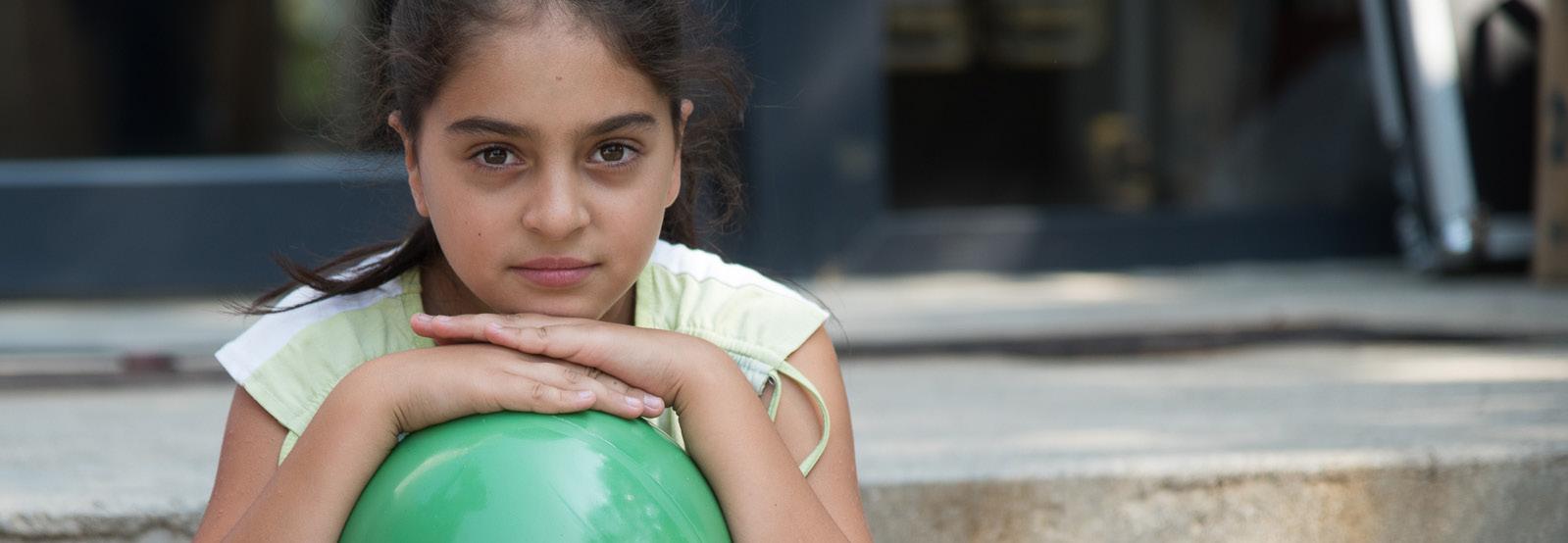
#ESSD2020 Use this toolkit as a conversation-starter on Mental Health Toolkit For European School Sport Day National Coordinators children’s mental and physical wellbeing in 2020
EUROPEAN SCHOOL SPORT DAY®: GETTING SCHOOLS ON THE MOVE!
What if every child could #BeActive in school with sport and play? What if every school took one day to celebrate sport in Europe? Could it help students kick off a lifetime of health and fitness?
We say YES. And we’re doing it with European School Sport Day, also known as ‘the Day’ or ESSD. And yes, we are doing it again in 2020.
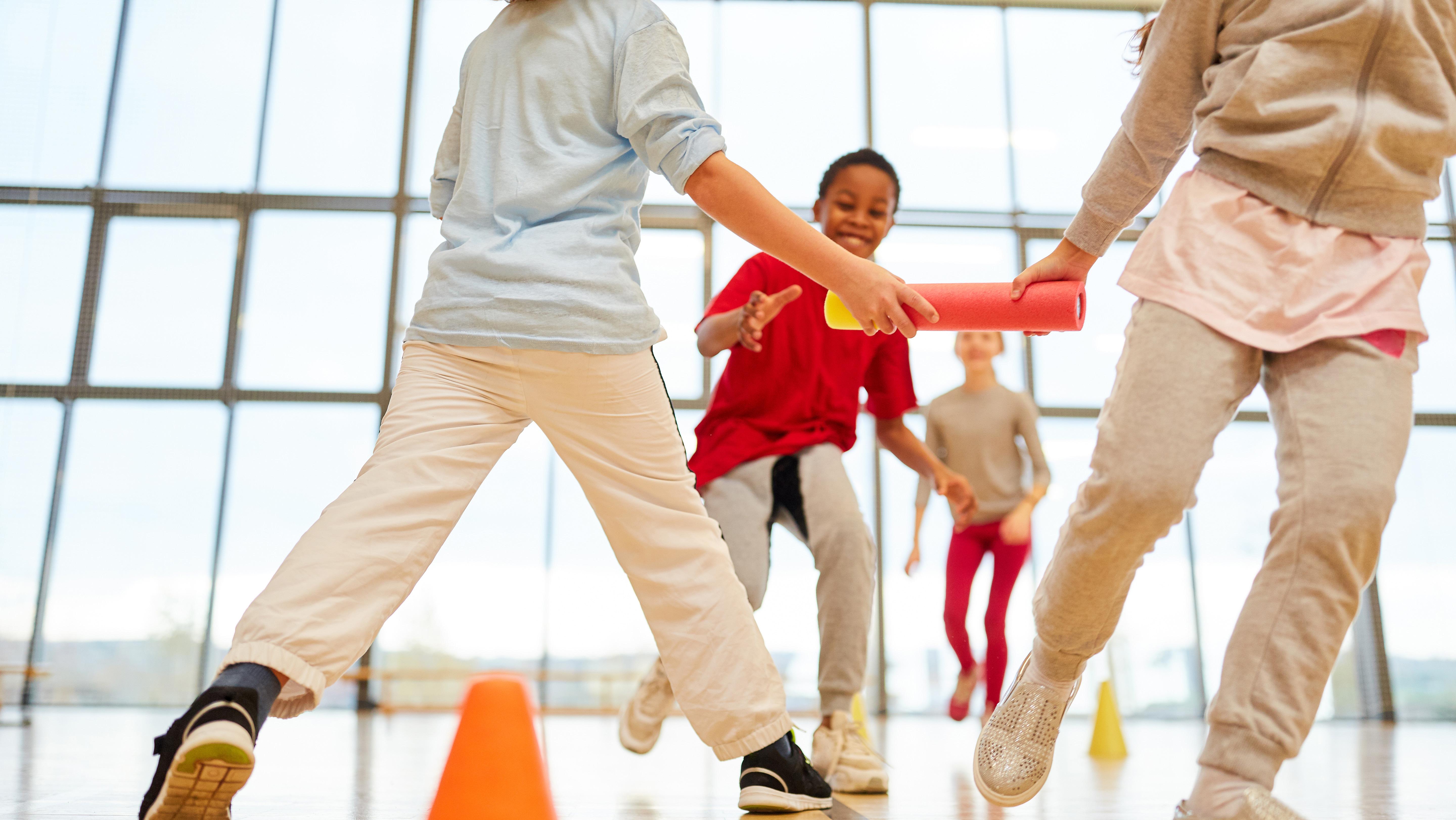
The European School Sport Day is co-funded by the Erasmus+ programme of the European Union.
The European School Sport Day is also supported by the European Commission, and is part of the European Week of Sport’s #BeActive campaign.
2
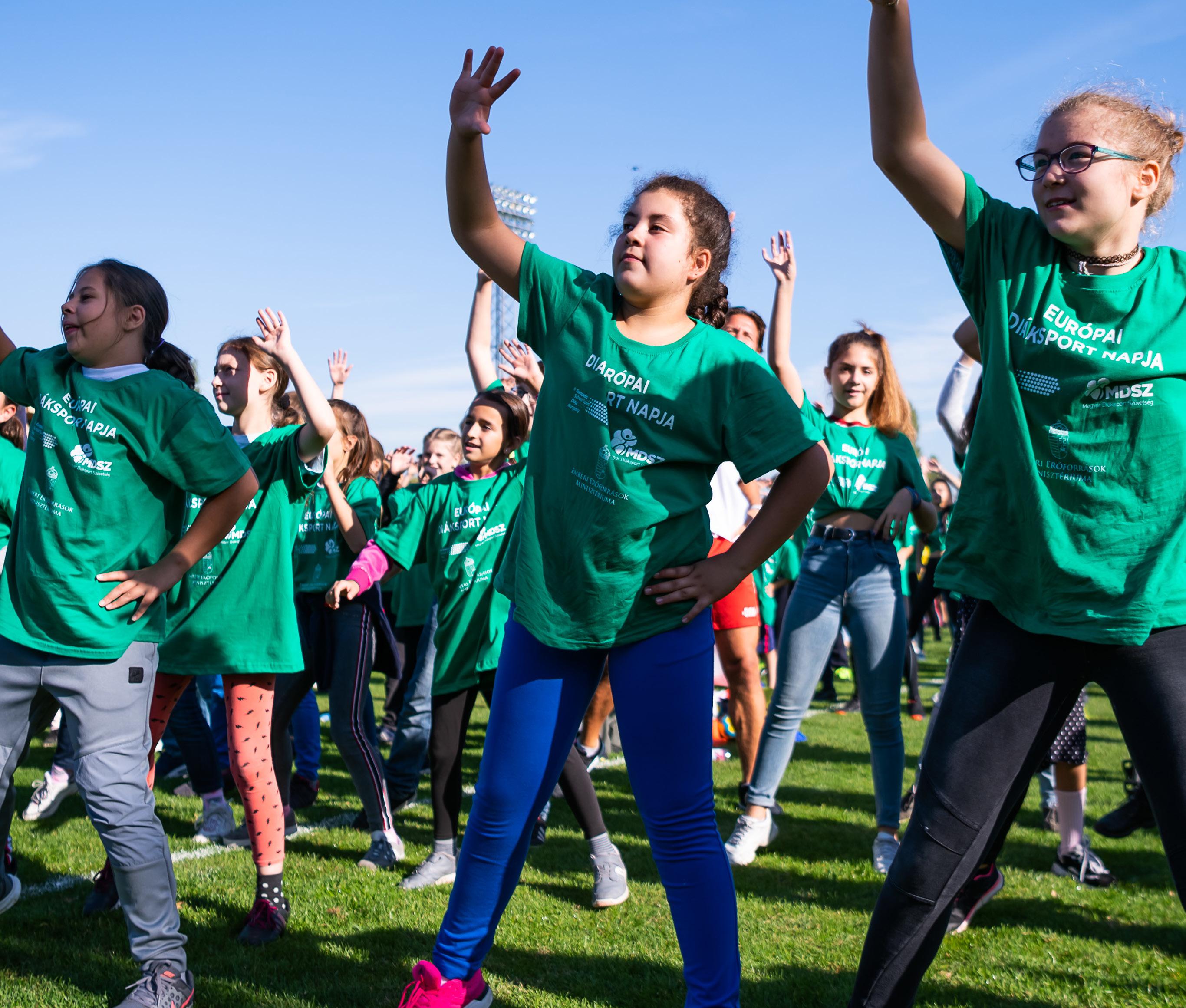
CONTENTS 7.2 ACTIVITY IDEAS 13 7.3 ACTIVITY IDEAS 14 7.1 CREATE SUPPORTIVE ENVIRONMENTS 11 4 MENTAL HEALTH MATTERS! 1 6 DOMAINS OF CHILDREN´S WELLBEING 3 5 CHILDREN ARE STRUGGLING 2 7 PHYSICAL ACTIVITY AND MENTAL HEALTH 4 8 ESSD AS A CONVERSATION STARTER 5 9 WHAT YOU CAN DO 6 10 WHAT SCHOOLS CAN DO 7 15 FIND OUT MORE AND PLAN AHEAD 8 3
MENTAL HEALTH MATTERS!
DID YOU KNOW?
Mental illness is the leading cause of disability in the WHO European Region and half of all mental problems start to develop before the age of 14.
Source: WHO Europe

Childhood and adolescence are critically important life stages for mental health and wellbeing. During this period, children further develop skills and capabilities such as self-control, autonomy, social interaction and learning that directly influence their mental health for the rest of their lives. Dealing with mental health is challenging, yet it is a neglected area.
Mental health during our present pandemic
Due to the Covid-19 pandemic in 2020, children and adolescents around the world have faced major life disruptions. Children, just like adults, have experienced big changes to their daily routines, including school closures and physical distancing, as well as uncertainty and perhaps even loss. During this time, they may have felt deep concerns, worry, fear, isolation from their friends, anger and stress.
It is important to be able to respond to these challenges effectively and adapt as needed. At the same time, this is a special opportunity to find and mobilise our inner strengths, find relief in the social connections we have, and be inspired to find new creative solutions.
Schools will be returning to a “new normal” from June to October, so this is an ideal opportunity for schools to integrate physical and mental health awareness into their transition back to the classroom and school grounds.
Use this toolkit to help start a conversation with schools, parents and school children on the positive effects physical activity on mental health and raise awareness about nurturing children’s mental health and self-esteem, particularly during times of crisis and uncertainty. 4
1
CHILDREN ARE STRUGGLING

Mental health-related problems across Europe
Nearly a third of 15-year-old girls and 15% of 15-year-old boys in European countries report “feeling low” more than once a week.1
Children’s life satisfaction declines between the ages of 11 and 15.1 From 2015 to 2018, life satisfaction among students decreased by 5%.2
Suicide is the leading cause of death among adolescents (aged 10-19) in low- and middle-income countries and the second leading cause in high-income countries in the European Region.1
Girls are more likely than boys to report “sometimes or always” feeling sad.2
Students feel a greater sense of belonging when they interact with their peers at school.2
1HBSC, 2OECD
How do your country’s statistics compare?
Find the full HBSC survey results here. See also OECD’s PISA survey results here.
EXAMPLES FROM DIFFERENT COUNTRIES (2017/2018):
SLOVAKIA: 1 in 5 children (18-20%) find it easier to talk about their feelings online than face-to-face
BELGIUM: Since 2002 there has been a dramatic rise in young people who report sleep difficulties (around 20% among boys, 25% among girls)
Children experience difficulties more than once a week
SWEDEN: 32% of 11-year old girls and 25% of 11-year-old boys feel irritable
ITALY: 52% of 13-year-old girls and 34% of 13-year-old boys report feeling nervous
FRANCE: 43% of 15-year-old girls and 33% of 15-year-old boys have trouble sleeping
ROMANIA: 44% of 15-year-old girls and 24% of 15-year-old boys feel low
SCOTLAND: 1 in 3 15-year-olds feel irritable, nervous and having sleep difficulties
2
5
DOMAINS OF CHILDREN’S WELLBEING 3

School children’s health and wellbeing are shaped by many intertwined factors coming from the psychological, physical, cognitive and social domains. All are important and can be addressed by schools holistically or in a targeted way.
The school helps children flourish, learn and succeed by providing opportunities for them, and the adults around them, to develop the strengths and coping skills that underpin resilience. It involves all parts of the school in working together: teachers, school staff, parents, students and the wider community.
Schools could consider using the four dimensions as a framework for discussing mental health.
Source: OECD.org
Psychological Physical Cognitive Social Students’ life satisfaction, sense of purpose, self-awareness, and absence of emotional problems
Students’ relationships with family, peers and teachers, and students’ feelings about their social
life
solve
Student’s
proficiency in applying what they know to
problems
a healthy lifestyle and students’ overall health
Adapting
How to promote positive mental health with a whole school approach. Mentally Healthy Schools, UK, National Centre for Children and Families. AN EXAMPLE 6
PHYSICAL ACTIVITY AND MENTAL HEALTH
An active lifestyle at a young age can help foster an active lifestyle-seeking behaviour as an adult. It has positive effects on mental health among children and adolescents too. During the Covid-19 restrictions, physical activity has become even more important.
Two thirds of young people aged 11, 13 and 15 in Europe are not meeting the current guidelines for physical activity. One in three 11-year-olds in Europe are obese or overweight.1
18 of 19 European countries surveyed for the Active Healthy Kids Report Cards in 2018 scored a C or worse for children’s physical activity levels.2
Early research emerging from the Covid-19 crisis indicates between a 38-44% decrease in physical activity among the populations of high-income countries such as Denmark and Australia.3,4 A Danish study revealed that 52% of high school students exercised less during the lockdown.5
1 https://bit.ly/2YreheI
2 https://bit.ly/319pRww
3 https://bit.ly/2BuYJxm
4 https://bit.ly/2Z7p64O
5 https://bit.ly/3etxp0X
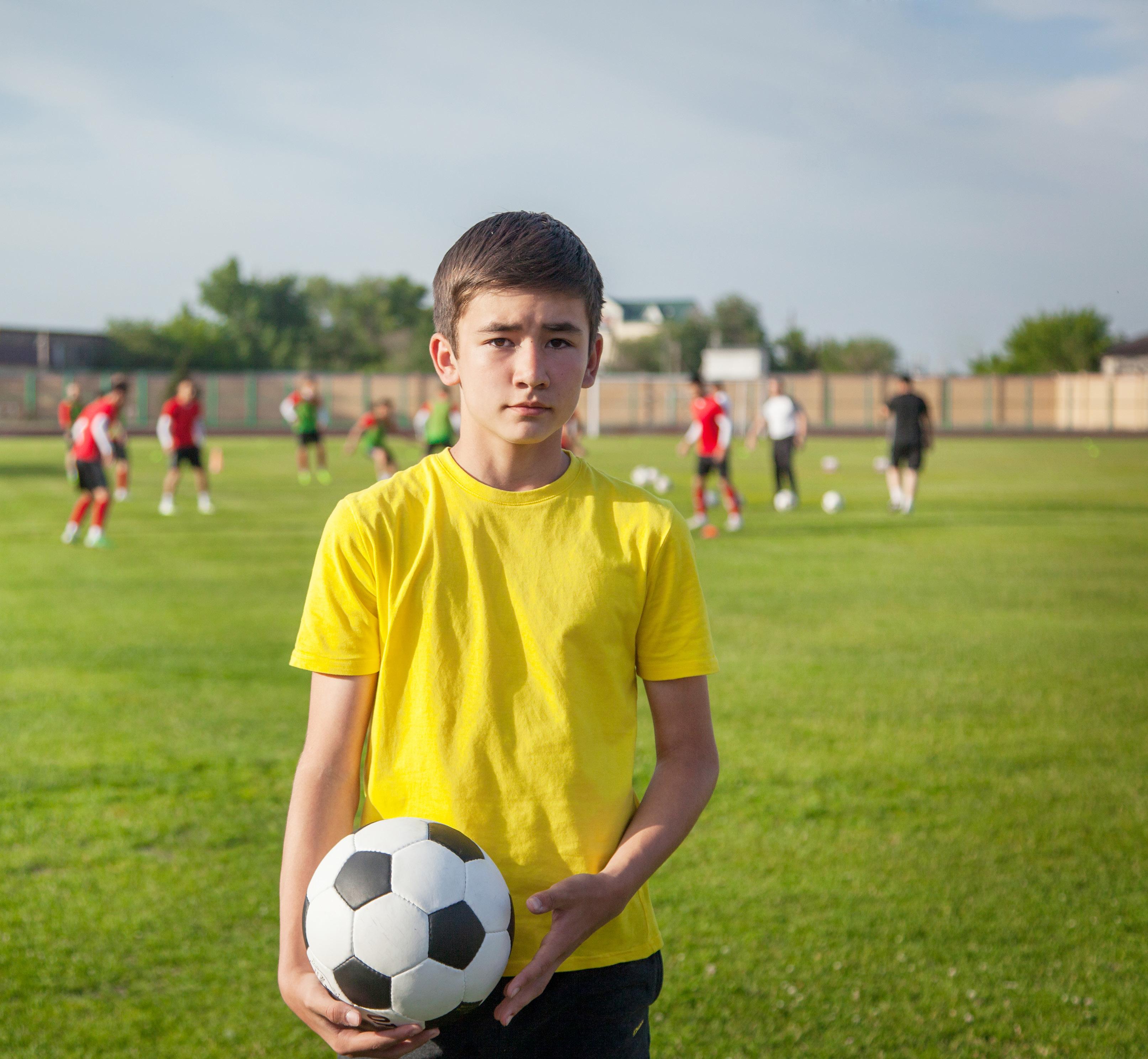
CHILDREN
BEING ACTIVE CAN HELP
FEEL BETTER! BUT CHILDREN ARE NOT ACTIVE ENOUGH
4 7
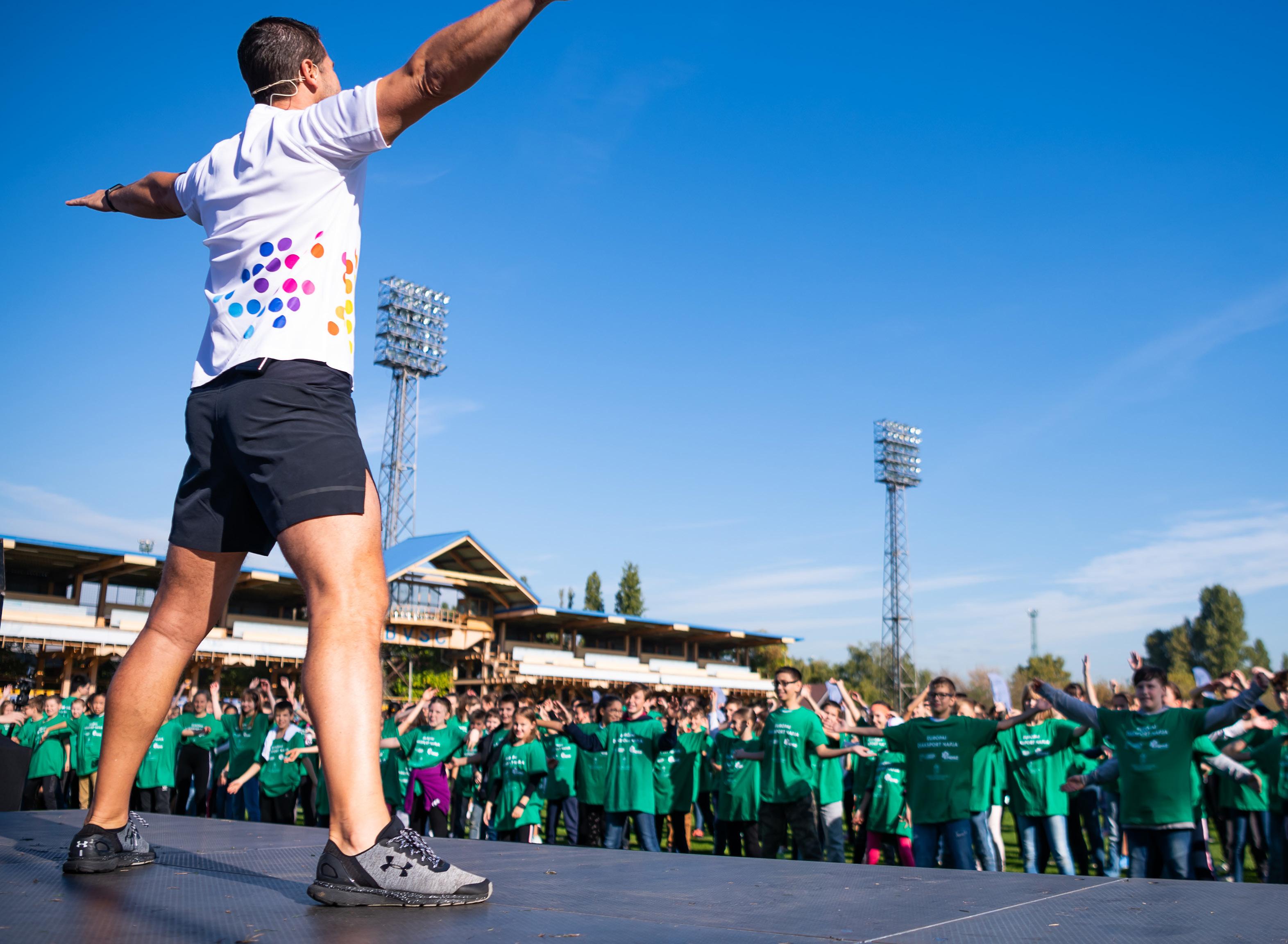
ADVOCATE FOR PHYSICAL ACTIVITY FOR BETTER MENTAL HEALTH
5 USE EUROPEAN SCHOOL SPORT DAY AS
A CONVERSATION-STARTER
Use European School Sport Day to convince schools and decision makers that physical activity should be part of their strategies to nurture children’s mental health.
These facts can help you make your point:
Routine physical activity can be associated with improved cognitive performance, classroom behaviour and academic achievement among young people.
Physical activity can help combat depression.
Physical activity can lead to improvement in self-esteem.
Physical activity is associated with positive psychosocial outcomes.
Long periods of sedentary behaviour are associated with deteriorating mental health.
(Biddle et al: Physical activity and mental health in children and adolescents: An updated review of reviews and an analysis of causality, Psychology of Sport and Exercise September 2018)
Did you know?
Some types of organised physical activity like dance have special mental health effects among youth. Dance-based interventions improve creative capacity, constructiveness, self-esteem and self-confidence.
Encouraging children to find the type of physical activity they enjoy and feel good playing is a “wellbeing guarantee”.
There are also important indirect effects of sport and organised physical activity such as the opportunity to acquire knowledge about healthy nutrition, exercise, and health.
8
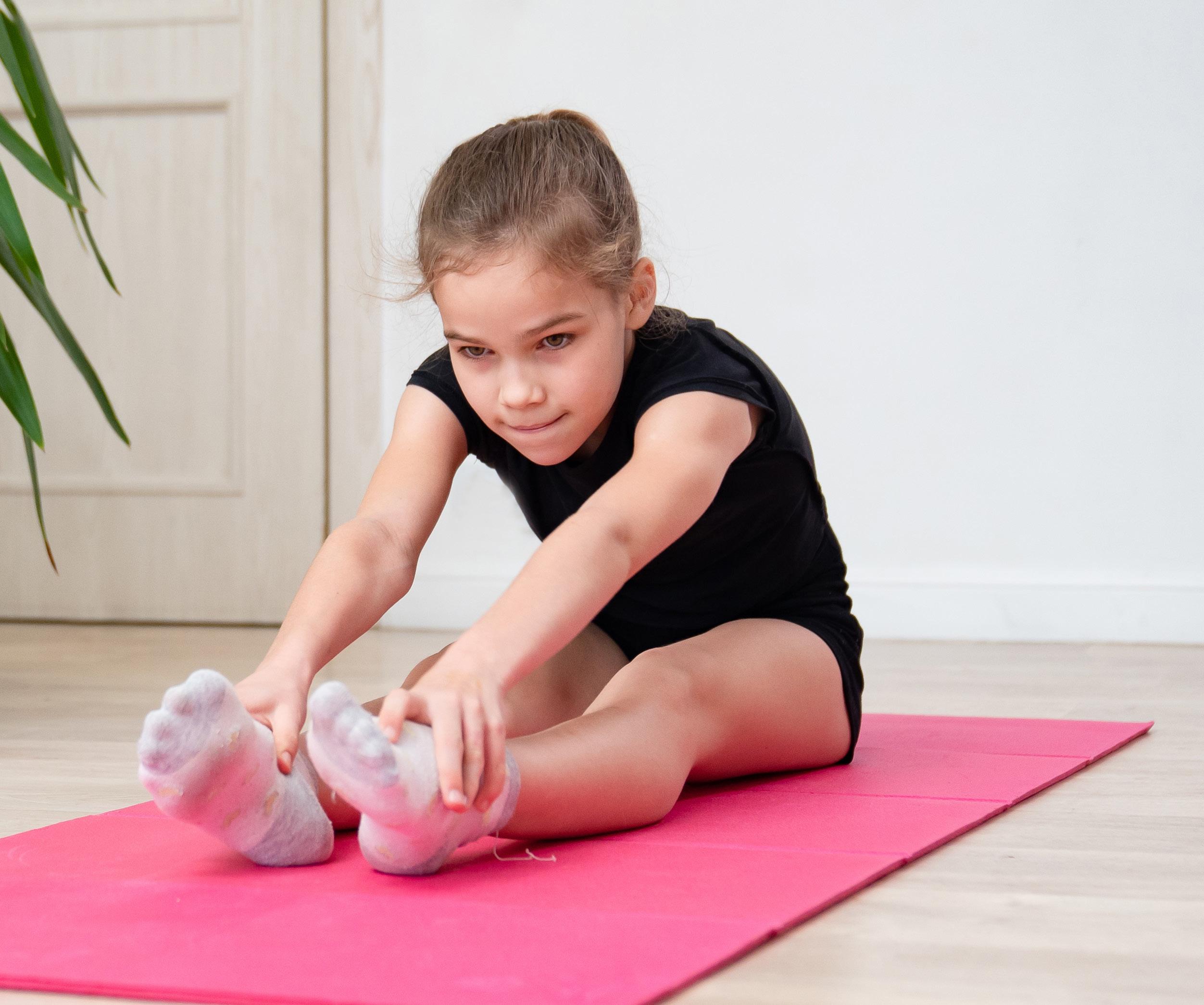
YOUR ROLE THROUGH EUROPEAN SCHOOL SPORT DAY
WHAT YOU CAN DO 6
By introducing schools to European School Sport Day and its focus topic for 2020, you have an important role to:
Raise awareness about the importance of mental health among schoolaged children – especially during these challenging times.
Raise awareness about how physical activity can have a positive effect on mental health and wellbeing.
Convey messages to schools that prevention and early intervention in schools can make a big difference in children and young people’s lives.
Support schools in putting mental health and wellbeing on the agenda during #ESSD2020.
Offer schools activity ideas and ask specialist staff to help deliver them. Identify and engage national stakeholders relevant to mental health promotion.
Support schools in identifying and engaging stakeholders at a local level.
SCHOOL STAFF ARE YOUR SPECIAL ALLIES IN ACHIEVING THIS
You are a key person in delivering European School Sport Day, but you can’t do everything alone, especially when it comes to a sensitive topic like mental health promotion. Reach out to people who can help you, including:
Teachers
School psychologists
School health staff
Mental health experts
Parents, if you are in contact with them
And the children themselves!
9
7 WHAT SCHOOLS CAN DO
Resilience is the ability to cope and thrive despite facing stressful events in life.

Promote mental health literacy!
Mental health literacy is the knowledge and understanding of how to obtain and maintain good mental health and recognising mental problems. Schools, in person or online, have a critical role in supporting young people’s ability to cope with life stresses by providing them with the tools help them manage or accept their emotions and boost their resilience. It is especially important for children to recognise that feeling sad, stressed or angry while coping with the Covid-19 pandemic is normal. It is also important to support children to be able to express and share their feelings.
Promote and enable social support and connectedness
Companionship is essential for children’s normal psychological development and wellbeing. Social support can come from different sources such as family, friends, peers, teachers, mental health workers and even pets. The feeling of connectedness, having friends and social support is essential for good mental health – particularly in an increasingly “online” world.
Build social and emotional skills
Recognising own and others’ feelings, differentiating between them and expressing feelings and opinions in an assertive way.
Help children boost their confidence and self-esteem
Self-esteem is an important determinant of emotional wellbeing among children and adults. Low self-esteem may hold children back from succeeding at school because they don’t believe that they are capable of success. Regular physical activity can help improve self-esteem among children.
10
DID YOU KNOW?
Effective mental health school prevention programs should have three key elements: cognitivebehavioural, information on mental health and wellbeing, and social competence training.
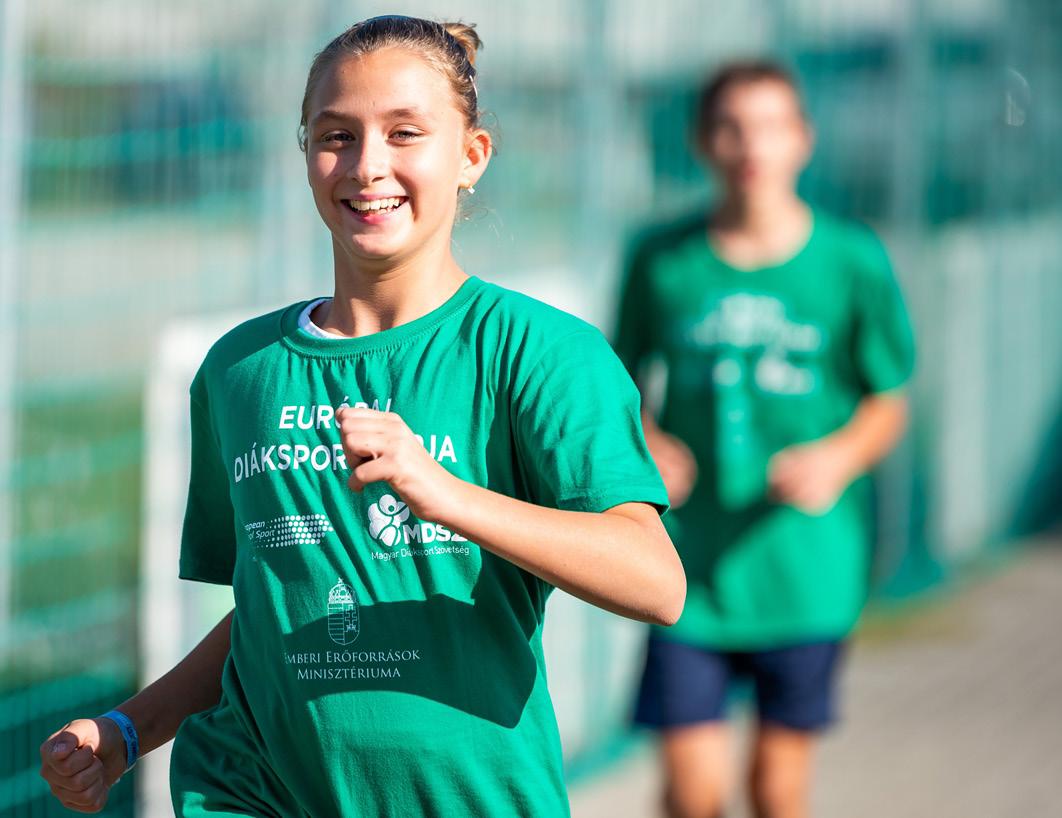
7.1. CREATE SUPPORTIVE MENTAL HEALTH ENVIRONMENTS
Schools can help children acquire skills – combining behaviour, thoughts and emotions used to overcome and manage stressful situations – so they are better equipped to cope with anger, anxiety, depression, poor selfesteem or loneliness.
Trained school staff could work through the following activities with the students:
How to regulate emotions
How physical activity effects stress levels and wellbeing
Boosting positive feelings by releasing endorphins (“happy hormones”) through physical activity
How to solve problems
How to be aware of situations that trigger bad feelings or certain behaviour
How to plan ahead and prioritise tasks
Doing enjoyable things as a positive distraction
WHAT SCHOOLS CAN DO
11
EXAMPLES OF HEALTHY AND ADAPTIVE COPING SKILLS
Emotional focus
Exercising
Playing a game with friends
Listening to music
Writing in a journal
Drawing, colouring in
Playing with a pet
Spending time in nature
Reading a book
Engaging in a hobby
Listing the things you feel grateful for
Gardening
Problem focus
Ask for support from a friend or a professional
Create a to-do list
Start thinking how to solve the problem
Establish healthy boundaries (e.g. tell your friend how you feel when she/he makes fun of you)
Walk away (leave a situation that is causing you stress)
Teachers can turn these examples into a quiz or a bingo game – you can find ready-made games online or you can make your own.
12 WHAT SCHOOLS CAN DO
TIP!
AN EXAMPLE
7.2. ACTIVITY IDEAS

For a mental health day, week or month
European School Sport Day 2020 (ESSD 2020) is an excellent opportunity to organise stress-relieving and fun activities for children – especially where they can #BeActive and move around outside and at a physical distance, if necessary.
Encourage schools to be creative – they could organise a mental health and wellness-themed day, week or month around or coinciding with ESSD 2020. Week- or month-long activity ideas could include:
Activity days in addition to the ESSD 2020 day itself. Invite the children to try different sports and activities each day during the week.
Sharing/giving to others – organise charity events, exchange fruit and veggies or clothes. Giving to others is known to improve emotional wellbeing.
Create a calming environment at school together with the children and teach relaxation techniques.
Devote class/after class time to mental health awareness.
Celebrate fun – have a light-hearted competition (e.g. drawing, a new dance or dance-off, silly walks, sports-related tricks) and announce the winner on European School Sport Day.
Start a mental health literacy campaign. Prepare fact sheets or draw infographics on mental health and physical with the children: What are your strengths? How does exercising make you feel good? What is mental health for you?
WHAT SCHOOLS CAN DO
13
7.3. ACTIVITY IDEAS
WHAT SCHOOLS CAN DO
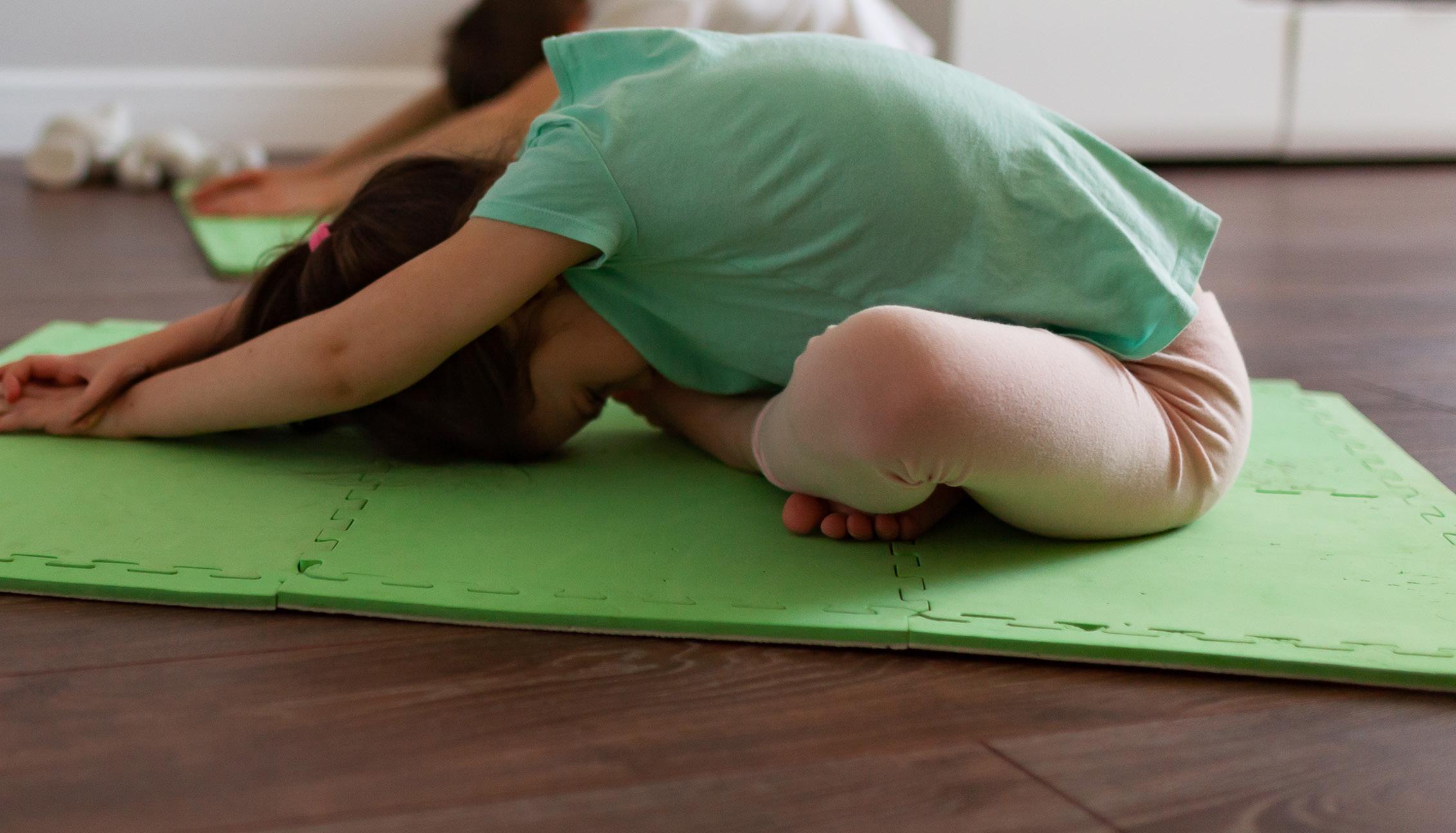
For European School Sport Day itself
Reconnect with your classmates – reconnect your students after lockdown, create opportunities for them talk to each other and interact with people they wouldn’t usually talk to.
Create or visit a green space on the day such as school gardens, parks, lakes, botanical gardens, forests or nature reserves.
Happy hormone-releasing physical activities such as yoga, nature walks or runs, non-competitive games and play.
Resilience and coping strategies – how to bounce back from difficult times (this could literally involve a bouncy castle ).

Start a dance or move challenge with the help of social media.
Launch a new school activity! You could announce the start of a drama class.
Celebrate! The start or the end of your mental health promotion activities on the day.
14
FIND OUT MORE AND PLAN AHEAD

Check your school mental health promotion programs and resources in your country.
USEFUL RESOURCES TO HELP YOU GET STARTED
A campaign schools can use in relation to self-esteem and social media
The DOVE self-esteem project with ready-made materials like flyers, example activities and activity schedules. It is free to use, check the availability in your country.
National programmes on
the
digital age and young people’s mental health
The ‘Digital 5 A Day’ framework by the Children’s Commissioner for England.
New mental health toolkits and resources published during the Covid-19 crisis
A hub of resources on the World Health Organization’s website.
Conversation-starter for teachers from Australia.
Conversation-starter for parents and carers from the UK government.
A collection of resources for students and their families.
8
15


essdeurope

Want to know more about ESSD? Consult our website: www.essd.eu For all other enquiries, contact info@essd.eu CONTACT INFORMATION #ESSD2020
16
@european_school_sport_day @mdsz_hssf


















